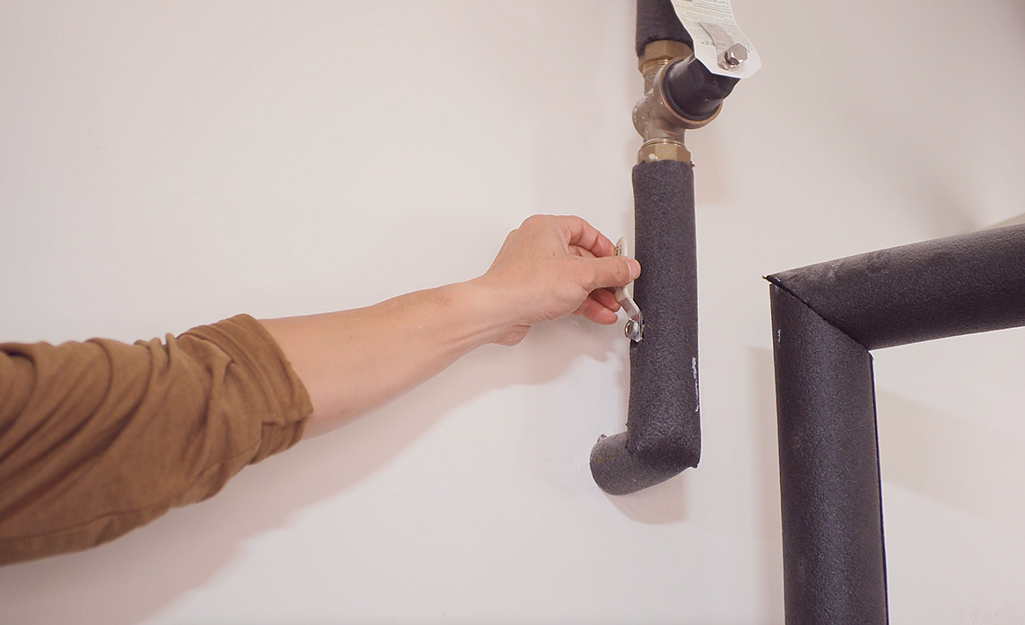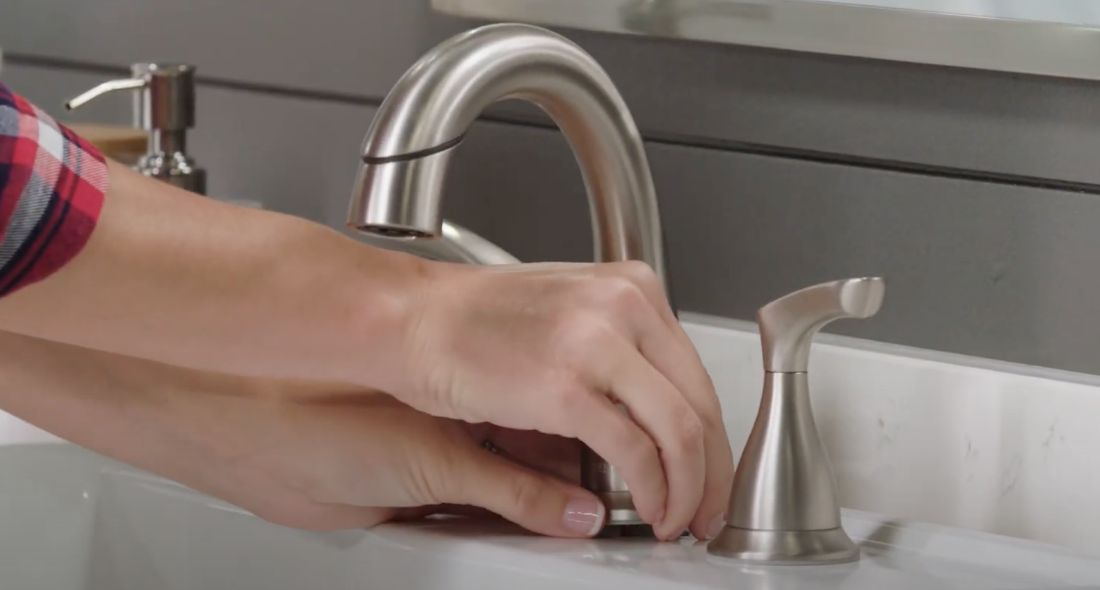Explanations Why It's Critical to Rectify a Dripping Faucet
Explanations Why It's Critical to Rectify a Dripping Faucet
Blog Article
Are you in search of details on Should I Repair or Replace a Leaky Faucet??

Leaking faucets could feel like a minor trouble, but their influence surpasses simply the nuisance of the audio. From drainage to sustaining unnecessary economic costs and wellness risks, disregarding a leaking faucet can lead to various consequences. In this article, we'll delve into why it's important to resolve this usual house concern without delay and successfully.
Wastage of Water
Ecological Effect
Dripping taps contribute dramatically to water waste. According to the Epa (EPA), a single tap leaking at one drip per second can lose more than 3,000 gallons of water annually. This not just strains water sources yet also impacts ecosystems and wildlife depending on them.
Financial Costs
Boosted Water Costs
Beyond the environmental effect, leaking taps can blow up water bills substantially. The collected waste with time translates into higher utility costs, which might have been prevented with timely repair work.
Prospective Property Damages
Furthermore, long term trickling can result in harm to components and surfaces surrounding the faucet. Water build-up can create staining, corrosion, and even structural problems if left neglected, causing added repair expenses.
Wellness Problems
Mold And Mildew and Mold Development
The consistent visibility of moisture from a dripping tap produces an ideal setting for mold and mildew growth. These fungi not just endanger interior air high quality but additionally position wellness risks, especially for people with respiratory conditions or allergies.
Waterborne Illness
Stationary water in trickling faucets can become a breeding ground for germs and other microorganisms, boosting the threat of waterborne conditions. Impurities such as Legionella microorganisms thrive in stationary water, possibly bring about serious diseases when ingested or inhaled.
DIY vs. Specialist Fixing
Pros and Cons of Do It Yourself Fixing
While some might attempt to fix a trickling tap themselves, do it yourself repair work come with their very own set of obstacles. Without appropriate knowledge and devices, DIY efforts can worsen the issue or lead to insufficient repair work, lengthening the issue.
Advantages of Hiring a Specialist Plumber
Hiring an expert plumber ensures that the underlying root cause of the trickling tap is dealt with efficiently. Plumbing professionals have the competence and devices to diagnose and fix faucet issues successfully, conserving time and reducing the risk of more damage.
Step-by-Step Overview to Taking Care Of a Dripping Faucet
Tools Needed
Prior to attempting to fix a trickling faucet, collect the required devices, including a flexible wrench, screwdrivers, replacement components (such as washers or cartridges), and plumber's tape.
Typical Faucet Issues and Their Solutions
Recognize the type of tap and the details problem creating the drip. Common issues consist of damaged washers, corroded shutoff seats, or malfunctioning O-rings. Describe manufacturer instructions or on-line tutorials for step-by-step assistance on repair services.
Safety nets
Normal Upkeep Tips
To prevent dripping faucets, carry out routine maintenance such as cleaning up aerators, checking for leakages, and changing damaged components without delay. In addition, take into consideration mounting water-saving tools or updating to a lot more effective fixtures.
Significance of Prompt Repairs
Addressing dripping taps as quickly as they're observed avoids further water wastefulness and possible damage, ultimately conserving both water and money in the long run.
Influence On Building Value
Perception of Well-Maintained Residential Property
Keeping a building in good condition, including dealing with upkeep problems like dripping faucets, improves its perceived value and value among potential buyers or lessees.
Impact on Resale Worth
Residences with properly maintained plumbing components, including faucets, command higher resale values in the property market. Resolving trickling faucets can contribute to a favorable perception during building examinations and settlements.
Environmental Responsibility
Specific Contribution to Preservation
Taking obligation for fixing trickling taps aligns with more comprehensive efforts towards water conservation and ecological sustainability. Every individual's activities collectively make a considerable influence on preserving priceless resources.
Sustainable Living Practices
By focusing on prompt repair services and taking on water-saving practices, individuals contribute to lasting living methods that benefit both present and future generations.
Verdict
Dealing with a trickling faucet surpasses mere comfort; it's a necessary action towards saving water, lowering financial costs, and securing wellness and residential or commercial property. Whether with do it yourself repairs or expert support, acting to deal with leaking faucets is a small yet impactful means to promote responsible stewardship of sources and add to a healthier, more sustainable future.
How to Fix a Leaky Faucet: Step-by-Step Repair Guide
A leaky faucet may seem like a simple annoyance, but if it's not fixed promptly, that leak could cost hundreds to potentially thousands. From water damage to mold, mildew, and high water bills, even a tiny leak can be catastrophic if left unattended. Damage like this can even affect the overall value of your home, so it's important to take the right approach for leaky faucet repair. You may need the help of a plumber in some cases, but we've got a few tips you can try on how to fix a leaky faucet before calling the pros.
Four Faucet Types
When you're learning how to fix a leaky faucet, the first step is knowing what kind of faucet you're working with! There are four common types.
Cartridge Faucets
Cartridge faucets come in one- or two-handled varieties. In one-handled cartridge faucets, hot and cold water combines in a single cartridge. In the two-handled versions, hot and cold water are controlled separately and mixed in the faucet.
Ball Faucets
Ball faucets have a single lever you push up and down to adjust the pressure and rotate to change the temperature. A slotted metal ball controls the amount of water allowed into the spout.
Compression Washer Faucets
They're the oldest type of faucet, but they're still used in many homes — especially older ones. Compression faucets have two separate handles that, when turned, raise or lower the washer that seals a water valve. This valve stops water from flowing through the faucet when it is turned off.
Disc Faucets
Disc faucets rarely need to be repaired due to their maintenance-free design. The water flow is controlled by two discs — the upper one raises and lowers against a fixed lower disc, creating a watertight seal. If your disc faucet starts leaking, you may need to replace the seals or clean residue buildup from the inlets.
Fixing a Leaky Faucet
Step 1: Turn Off the Water
Whether you're learning how to fix a leaky bathtub faucet or how to fix a leaky kitchen faucet, always turn off the water supply to your working area when you're fixing a leak. The last thing you want is a flood added to your list of things to fix.
Look for the shutoff valves below your sink or around the tub and turn them clockwise to stop the water flow. If your faucet doesn't have shutoff valves, you may need to turn off the water for the whole house. Check to make sure it's off by turning the faucet on. If nothing comes out, you're ready to start the repair.
Step 2: Take Apart the Faucet
How you disassemble your faucet depends on the type of fixture you have. You can use a flathead screwdriver to remove the caps on top of the handle or handles for cartridge and compression faucets. Inside, you should see handle screws. Unscrew these with a screwdriver to remove the handle.
Disc- and ball-style faucets will typically have an inlet screw near the handle, and removing that will reveal the interior of the faucet.
Detach the Valve Stem
For cartridge- and compression-style faucets, you'll see the inner valve stem or cartridge once you remove the faucet handles. If you have a compression faucet, unscrew the brass valve stem. If you have a cartridge faucet, pull out the cartridge. If your cartridge has been in place for a while, it may require some tools or extra force to remove it due to mineral deposits.
Examine and Replace Parts
Once you've removed the parts, check them out to confirm what needs to be replaced. You may see corroded rubber washers, O-rings, stems, or cartridges. On a ball-style faucet, check the seats and springs for damage.
If you need to repair a leaky disc faucet, check the inlet and seals on the lower disc.
Once you determine what parts must be replaced, visit your local hardware store. Bring the damaged parts with you to ensure you can purchase the correct components to replace them.
Clean Valves and Faucet Cavity
If you've removed a stem or cartridge, you may notice mineral buildup in the faucet's threads. Use white vinegar to clean the valve seat by soaking it for a few minutes, then scrub it away with a soft toothbrush and rinse with warm water. You can also clean the interior of the faucet in the same way.
Reassemble the Faucet
Once your faucet is cleaned and the required parts have been replaced, it's time to reassemble it. Put the pieces back together and slowly turn the water supply back on. Doing this slowly is crucial because too much initial water pressure can damage the new hardware you've just installed.
https://homewarranty.firstam.com/blog/how-to-fix-leaky-faucet

Hopefully you enjoyed reading our part about Leaky Faucets: Why They Happen & What to Do About Them. Thanks for taking the time to read through our short article. Make sure you take the time to promote this blog if you enjoyed reading it. Thank you for being here. Revisit us soon.
Report this page